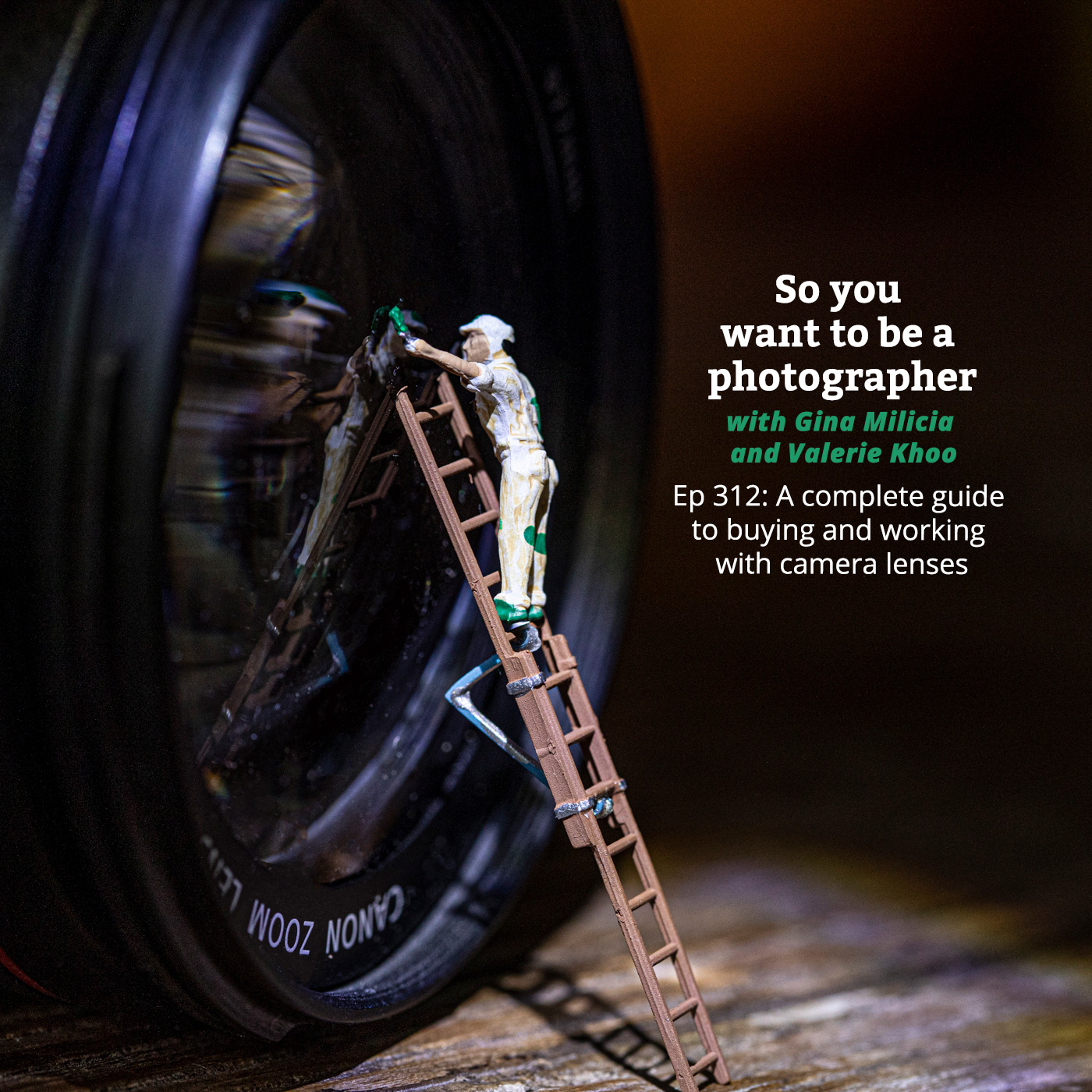
With so many different camera lenses on the market, it can be daunting to determine where to invest your cash. What size should you get? Which lenses are suitable for what purposes? There is an endless list of questions but, in this episode, you’ll discover everything you need to know about lenses – no matter what level you’re at.
Gina and Valerie hope you enjoy the podcast.
Sign up to the newsletter for great tips and free Lightroom presets.
Join the dynamic Gold Membership in our Community which delivers monthly tutorials, live mastermind and lots of behind the scenes videos into the creative process.
Connect with us on Instagram @valeriekhoo @ginamilicia
Click play to listen to the podcast or find it on iTunes here. If you don’t use iTunes you can get the feed here, or listen to us on Stitcher radio.
Show Notes
In this episode, I want to give you a complete guide to lenses so you can take this information and:
- Invest with confidence
- Learn what all the numbers and dohickeys on a lens actually mean
- Decide which lens is the best choice in every situation
- Know the pros and cons of each type of lens
You’ll discover:
- Why Spending more $$$ on gear will not make you a better photographer
- Should you spend more on the camera body or lenses?
- What does a lens actually do?
- Mechanics of a camera lens and what all the numbers and letters mean
DSLR = DIGITAL SINGLE LENS REFLEX
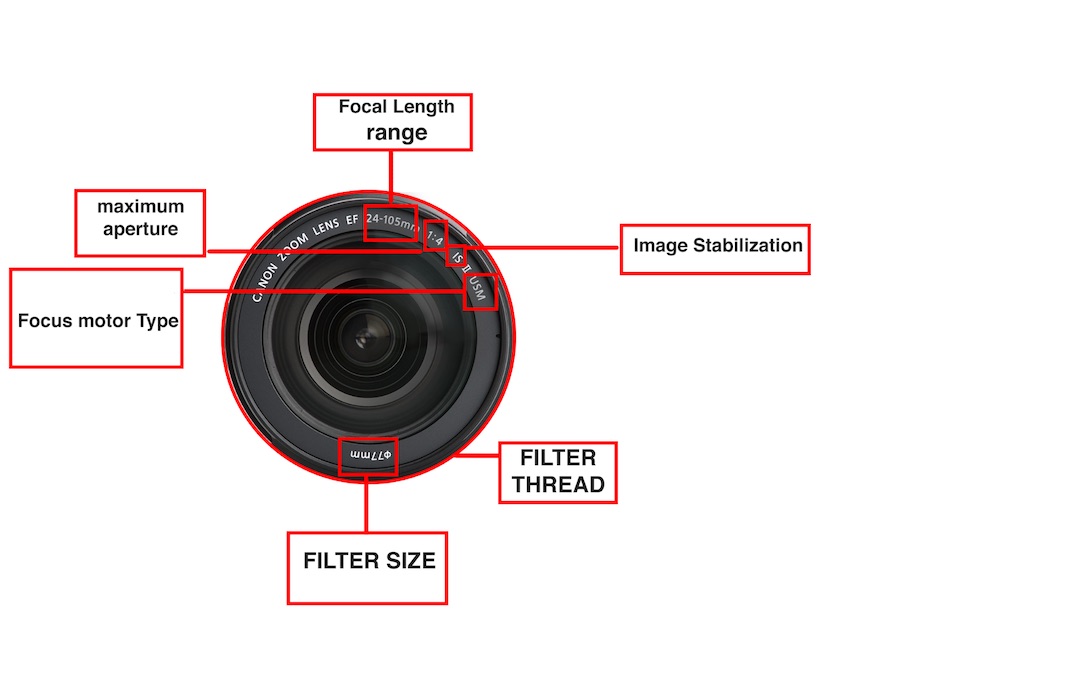
5. What are the different types of lenses?
6. What is Focal Length and How Does it Work?
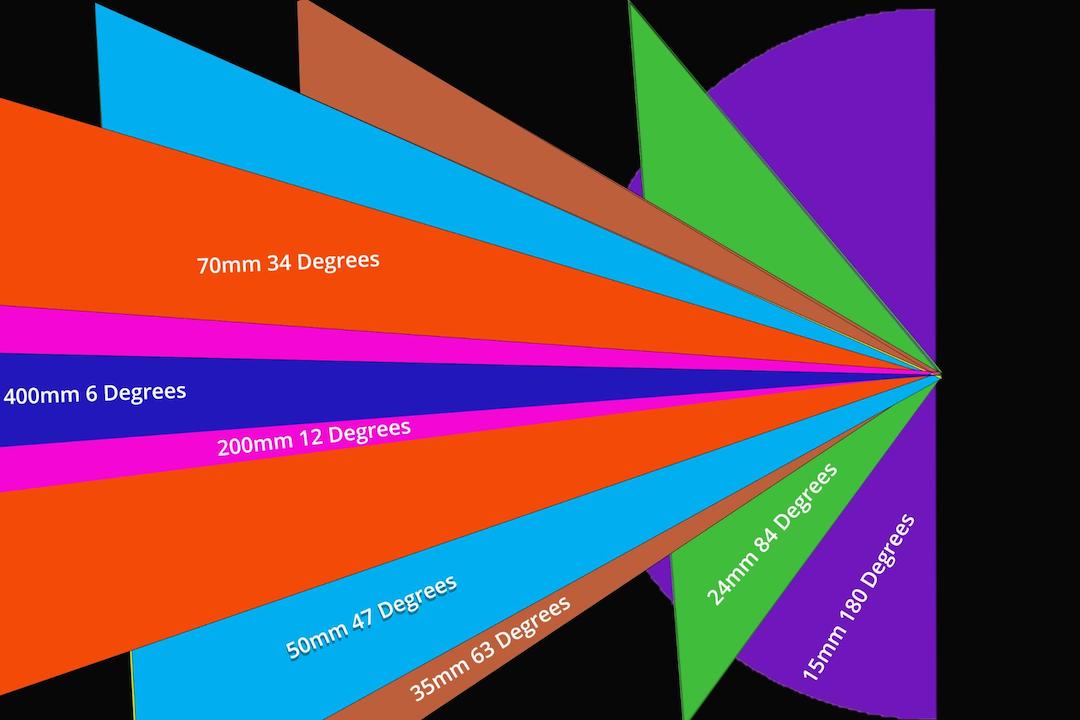
ABOVE: if I stand 20feet from my model using a 24mm lens designed for a full-frame camera the wide lens captures the entire shop front +signage
7. Crop factor
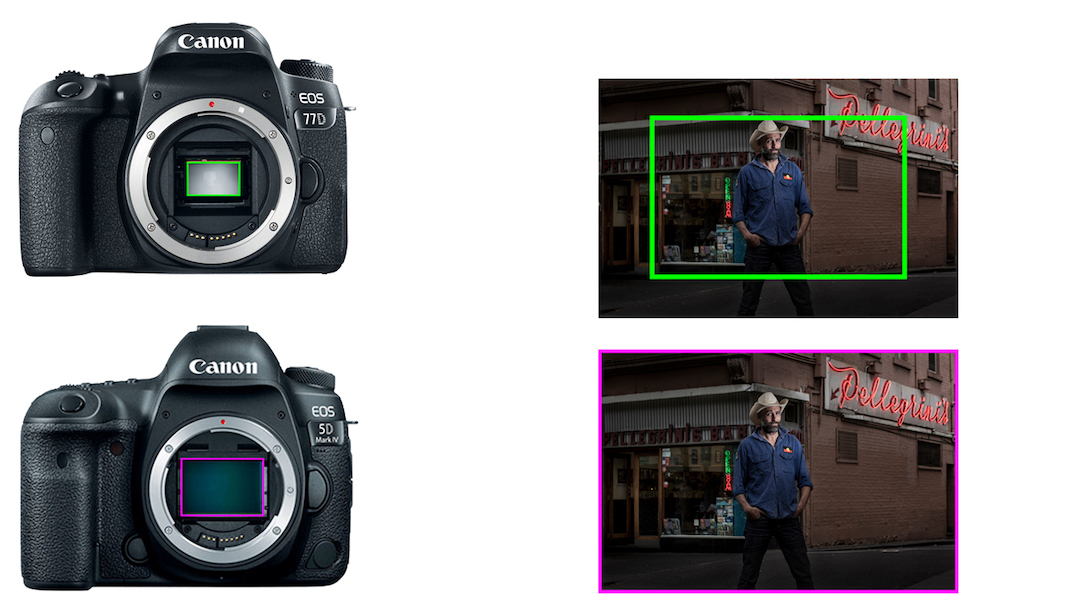
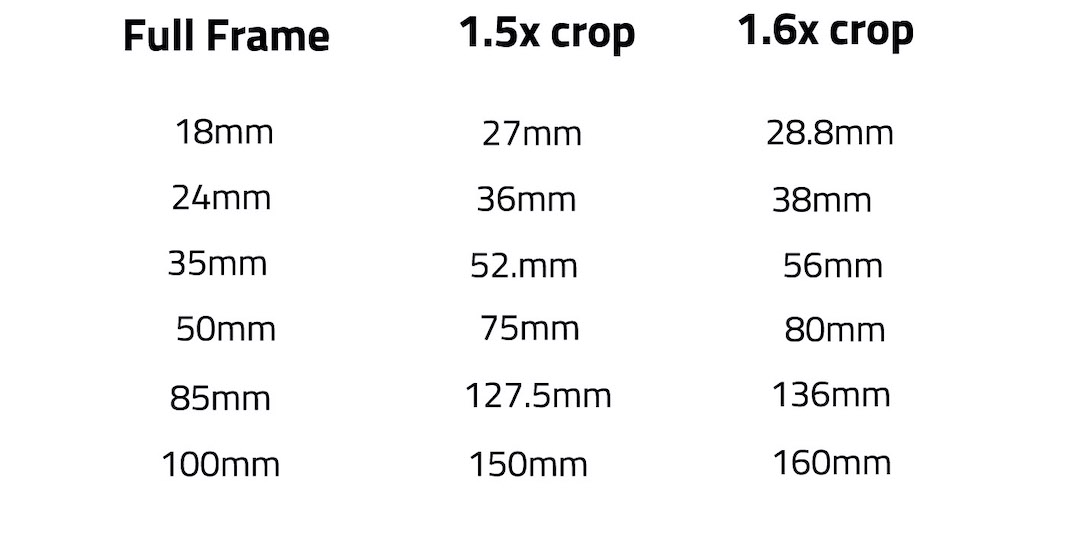
8. Aperture
9. How lenses focus
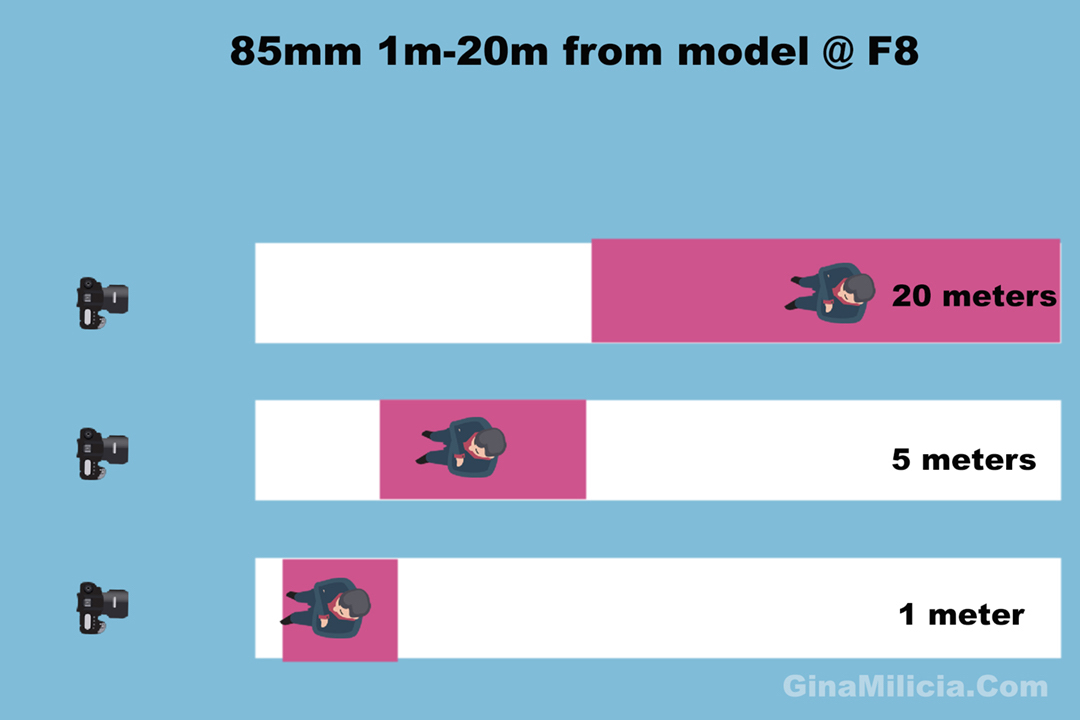
Depth of Field is greater behind the point of focus than in front of it.
10. Third-party lenses
11. Image stabilisation
12. Filters and lens hoods
13. Lens sizes and how they influence your subject


